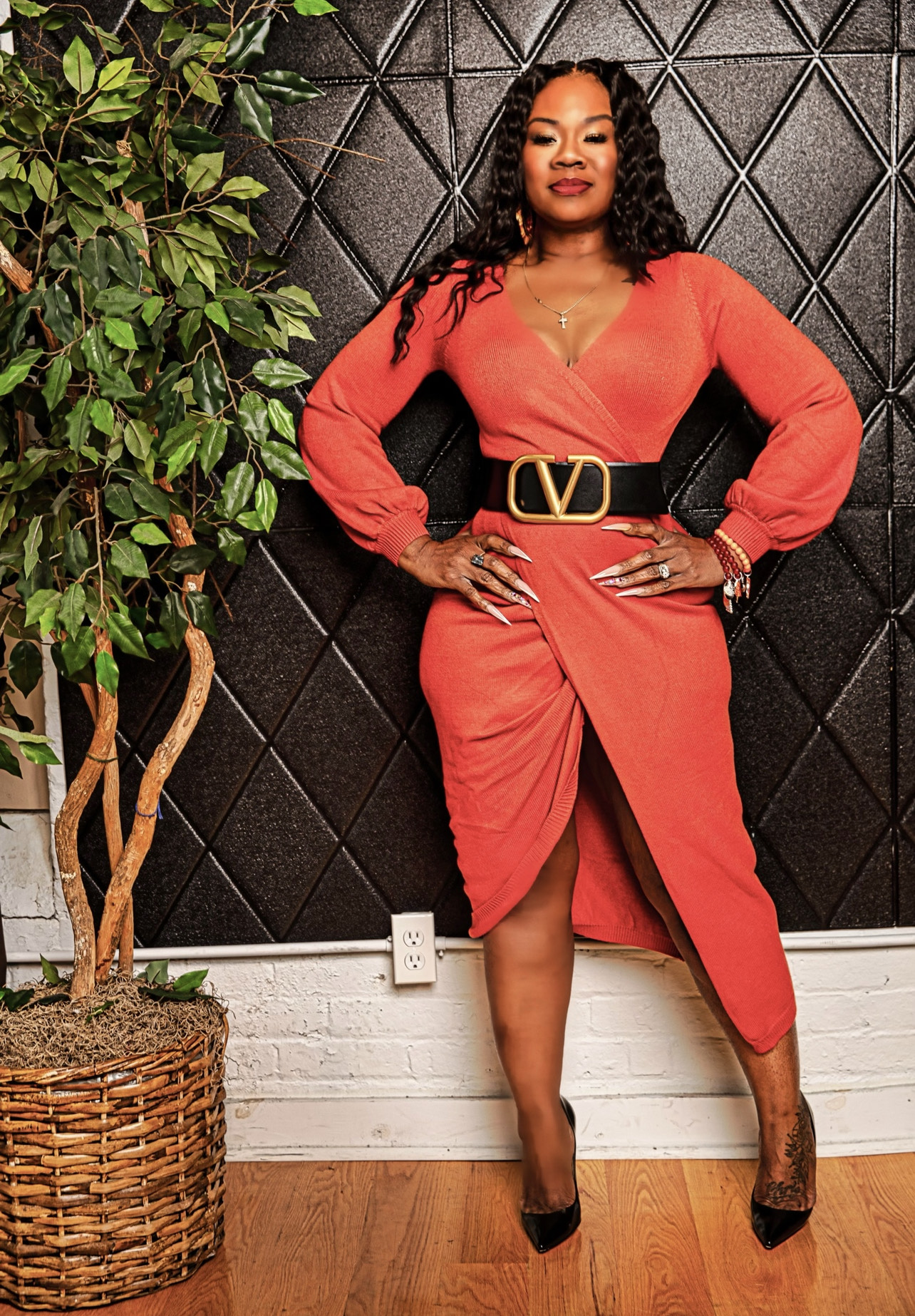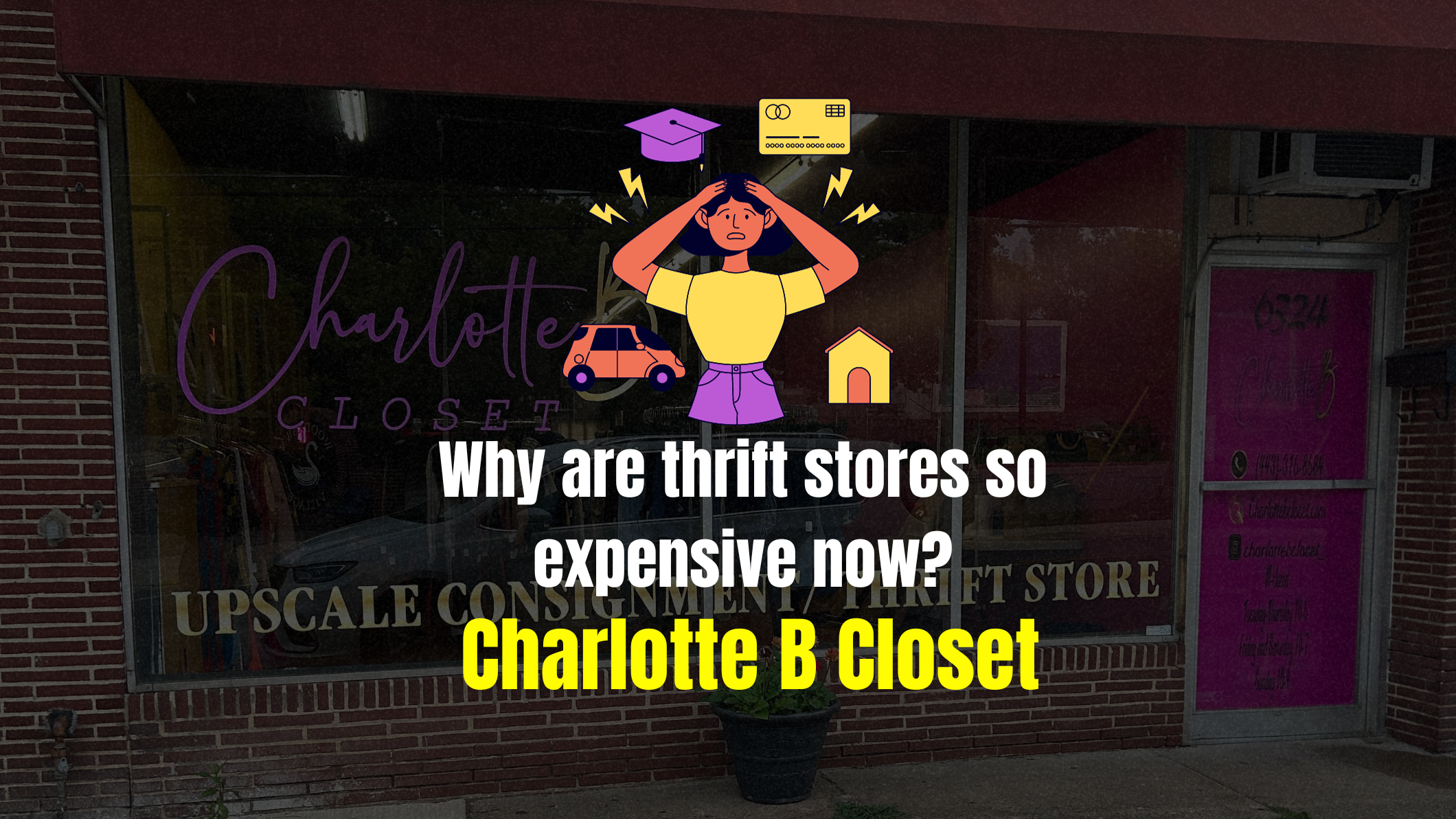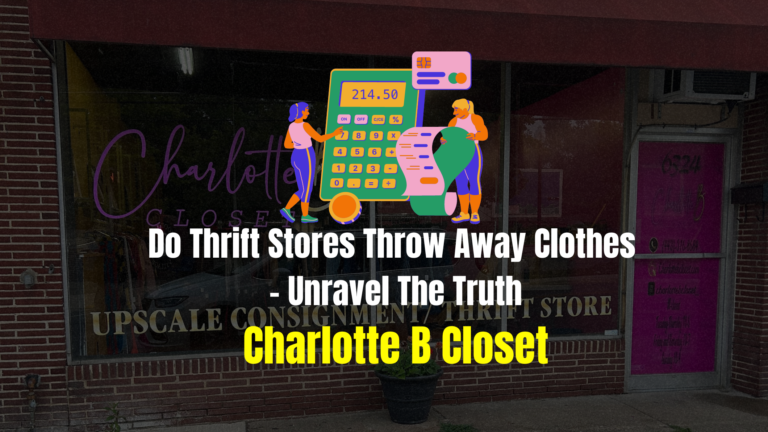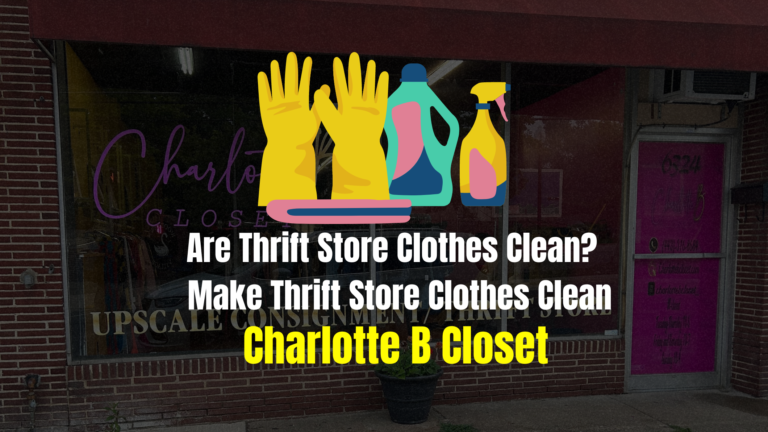Why are thrift stores so expensive now?
Thrift shopping, once an oasis for budget-conscious individuals, has seen a noticeable rise in prices recently, leaving many scratching their heads and asking, “Why are thrift stores so expensive now?”
This change can be attributed to factors like rising operational costs, the influence of high-quality brands being donated, and an increased demand for eco-friendly shopping options.
Why Are Thrift Stores So Expensive Now – Brief Guide
A closer look into the thrift shopping realm reveals a blend of economic, cultural, and operational factors driving prices. The overheads associated with running these stores, such as rent and wages, have surged, especially in bustling urban centers.
At the same time, the influx of high-end brand donations means that quality items, which offer a touch of luxury, are often priced higher. The global shift towards sustainable living is coupled with this, making thrift stores a go-to for a wider audience.
The digital age, with its online reselling platforms, has further added a layer of complexity, influencing store pricing. As thrift shopping continues to evolve, understanding these nuances ensures a more informed and rewarding shopping experience.
Thrift Store Price Hikes: What’s Behind the Increase?
In recent times, many have noticed a surge in the prices of items in thrift stores, a place once known for its budget-friendly treasures. This change has left many wondering, “Why are thrift stores becoming pricier?”
Let’s delve deep into the primary factors influencing this upward trend in thrift store pricing.
Cost of Operations
- Infrastructure and Location: Thrift stores, like any brick-and-mortar establishment, need physical spaces to operate. With the boom in real estate prices, especially in urban locales, the cost of rent has seen a significant hike. This expense is often transferred to the items’ prices to ensure the store remains profitable.
- Operational Expenses: Utilities such as electricity, water, and heating or cooling can be substantial recurring costs. As utility rates rise, it inevitably impacts the pricing of items. Furthermore, a store’s aesthetic appeal and ambiance play a crucial role in attracting customers. Upgrades and renovations, though necessary for business, also come with sizable costs.
- Wages and Staffing: As the cost of living increases, wages must adjust accordingly. Hiring competent staff and providing them with fair wages and benefits can significantly increase operational costs. Especially for stores aiming to offer enhanced shopping experiences, they might employ more staff for better customer service.
Quality and Brand Influence
- Brand Recognition: Not all thrift items are created equal. A vintage designer piece, given its brand’s reputation and quality, will be priced higher than generic or lesser-known brand items. Thrift stores, recognizing the value and demand for designer items, price them accordingly.
- Condition of the Item: An item’s condition upon arrival at the store also determines its price. Items that are in near-mint condition, showing little to no signs of wear, can be priced almost comparably to new items, especially if they’re from renowned brands.
Increased Demand
- Eco-conscious Shopping: The move towards sustainable living has made thrift shopping more than just a budget-friendly option. It’s now a conscious choice for those looking to reduce their carbon footprint. Buying second-hand means fewer items end up in landfills, making thrift shopping an eco-friendly option.
- Cultural Shift: The stigma once associated with buying second-hand has drastically reduced. With sustainability becoming a global movement, thrift stores have gained mainstream acceptance, leading to a broader customer base and, consequently, higher prices.
Influence of Resellers
- Online Reselling Platforms: The proliferation of online marketplaces has given rise to a new breed of shoppers – the resellers. These individuals or businesses buy thrifted items at low prices and sell them online at a markup.
- Impact on Thrift Store Pricing: Aware of this trend, thrift store owners have started pricing certain items, especially those with high reselling potential, at higher rates. This ensures that the store, and not just the reseller, benefits from the item’s true market value.
Six Reasons Why Thrift Store Prices Are Rising
The thrift store landscape has evolved over the years. No longer just a haven for bargain hunters, these stores have seen a gradual increase in their pricing. Let’s delve into the six pivotal reasons behind this trend.
Popularity of Upcycling
- The Upcycling Movement: Upcycling has emerged as a prominent trend in the DIY and sustainable living communities. It involves giving a new lease of life to old or discarded items, transforming them into something functional or aesthetically pleasing. This creative endeavor not only contributes to sustainability but also provides a unique sense of accomplishment.
- Thrift Stores as Treasure Troves: For upcycling enthusiasts, thrift stores are gold mines. They offer a plethora of materials and items that can be repurposed. As more DIYers turn to thrift stores for their upcycling projects, the demand for unique and versatile items rises, leading to a spike in prices.
Inflation
- Economic Dynamics: Inflation is a ubiquitous economic phenomenon where the purchasing power of money decreases over time, leading to a general increase in prices. Everything from raw materials to transportation costs can be affected.
- Impact on Thrift Stores: Thrift stores, though often seen as budget-friendly alternatives, aren’t insulated from the overarching effects of inflation. As their operational and procurement costs rise, the prices of items on their shelves inevitably follow suit.
Economic Downturns
- Thrift Stores as a Refuge: Economic challenges often compel individuals to seek cost-effective alternatives for their needs. During recessions, thrift stores become more appealing as they offer value for money.
- Surge in Demand: An increase in footfall during these times means a higher demand for thrifted items. Prices are often adjusted upwards to balance the demand-supply equation and ensure profitability.
Quality Over Quantity
- Curated Collections: Gone are the days when thrift stores were cluttered with heaps of random items. Modern thrift stores are more organized, often showcasing curated collections that emphasize quality.
- Pricing Quality Items: As these stores present a refined selection of items, including some rare finds or vintage pieces, the prices are set to reflect their uniqueness and quality.
Digital Presence
- The Online Foray: With the digital wave sweeping across industries, many thrift stores have ventured online, reaching a wider audience and offering a convenient shopping experience.
- Operational Challenges: However, this digital presence comes with its set of challenges, from managing the online platform and handling shipments to digital marketing. These additional operational facets can lead to an increase in the overall pricing structure.
Celebrity Endorsements
- Celebrity Influence: When influential figures or celebrities endorse thrift shopping or are spotted donning thrifted items, it elevates the perception of thrift stores.
- Driving Demand: Such endorsements amplify the popularity of thrift shopping, making it a trendy endeavor. As more people flock to these stores, lured by the celebrity appeal, the increased demand can drive prices upwards.
Tips to Shop at Thrift Stores
Thrift shopping is an art, a journey of discovery where you can uncover hidden gems and unique items at a fraction of their original cost.
However, to make the most of your thrift shopping experience and ensure value for your money, it’s essential to keep certain tips in mind. Here’s a guide to help you navigate the world of thrift stores effectively.
Visit Often
- Dynamic Inventory: Unlike regular retail stores that have consistent collections for an entire season, thrift store inventories change frequently. New items are added daily as people donate, making the stock fresh and varied.
- Maximizing Chances: By visiting regularly, you heighten your chances of stumbling upon that one-of-a-kind item or fantastic deal before someone else snatches it up.
Know the Discount Days
- Special Sales: Most thrift stores have specific days or periods when they offer discounts on certain items or categories. These sales can range from end-of-season clearances to special holiday promotions.
- Stay Informed: Subscribing to the store’s newsletter, joining their loyalty program, or simply asking the staff can keep you updated about upcoming discount days, ensuring you don’t miss out on significant savings.
Be Patient
- The Thrill of the Hunt: Thrift shopping isn’t your typical shopping experience. It’s about exploring, sifting through racks, and finding that diamond in the rough.
- Rewards Await: While it might be tempting to rush or feel disheartened if you don’t find something immediately, remember that patience often leads to the best discoveries.
Check for Defects
- Inspect Thoroughly: Given that most items in thrift stores are second-hand, they might come with some wear and tear. Always check for any stains, rips, missing buttons, or malfunctioning zippers.
- Ensure Durability: Ensure that the item is still durable and usable. An item with minor defects can still be a good buy if it’s repairable or if the defect is inconspicuous.
Negotiate
- Open Dialogue: Prices at thrift stores, contrary to popular belief, aren’t always fixed. If you believe an item is overpriced or if there’s a minor defect that hasn’t been accounted for in the pricing, it’s worth discussing.
- Bulk Purchases: If you’re buying multiple items, the store might be more inclined to offer a discount. Remember, it never hurts to ask!
Understand the Return Policy
- Varied Policies: Each thrift store might have a different return and exchange policy. Some might offer exchanges but not refunds, while others might have a strict no-return policy.
- Stay Informed: Before making a purchase, especially a significant one, ensure you’re clear about the store’s return policy. This helps avoid any potential future disappointments or misunderstandings.
Conclusion
In conclusion, the dynamic world of thrift shopping has undergone significant changes over the years.
While the increasing prices might come as a surprise to many, understanding the underlying reasons, from operational challenges to global sustainability trends, offers clarity.
Armed with insights and tips, thrift shoppers can still navigate these stores effectively, finding value and treasures amidst the evolving landscape.
FAQs
What role does upcycling play in the rising prices of thrift stores?
Upcycling’s popularity has increased demand for thrifted items, as DIY enthusiasts seek materials to repurpose, driving up prices.
How do digital platforms impact the cost structure of thrift stores?
Many thrift stores now operate online, incurring additional costs for platform management, shipping, and digital marketing, influencing item prices.
Why do high-quality brand donations affect thrift store pricing?
High-end brand items, given their quality and brand recognition, fetch higher prices, reflecting their value and demand in the market.
How do economic downturns correlate with thrift store prices?
Economic recessions increase thrift store footfalls as people seek budget-friendly options, leading to higher demand and raised prices.

Hi there, I’m Toni Whitten, but you might know me as LadyT. I’m a passionate entrepreneur and the proud owner of Charlotte B’s Closet, your go-to thrift store and upscale consignment.
Outside the store, I connect with the amazing women in my exclusive Facebook group, Housewives of Baltimore, boasting over 23k+ members.
In my free moments, I channel my passion for sharing genuine insights and helpful guides on various concerns through my blog at charlottebcloset.com.







